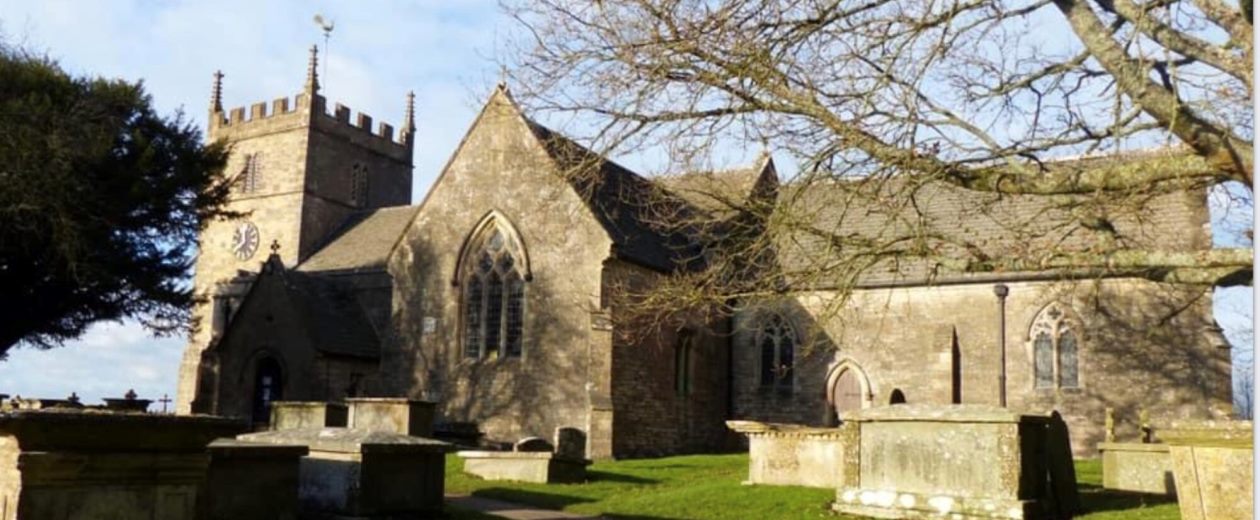Our church was built between 1215 and 1225. As with many Norman churches built at this time it is located on a knoll and has magnificent views over the vale of Sodbury. From the small iron gate near the church tower the daughter church, also dedicated to St John The Baptist, at Chipping Sodbury can be seen. Looking further to the west, the church at Yate can also be seen. On a clear day looking northwest both Severn bridges can be seen spanning the River Severn with the Brecon Beacons and Welsh hills in the far distance. To the southwest are the Mendip Hills. A topograph (a large stone with an engraving) has been installed in the field next to the church that shows Old Sodbury in relation to its geographical surroundings.
The clock is of particular interest as it is over 130 years old. It was installed in the tower in 1887 to celebrate the Golden Jubilee of Queen Victoria. We believe it was made by John Moore of Clerkenwell, London. It has two clock faces on the south and west facing walls of the tower. Until fairly recently it was a fully functioning clock, used by locals and visitors alike. The hands movements now need to be refurbished to return the clock to good working order. These repairs will cost £1,500 and we are pleased to announce that the appeal to cover the cost of the work needed has successfully achieved its target. Many thanks to all those who donated so generously.
Although the Church building has been enlarged and altered over time much of the original work remains. The tower, part of the nave (two splendid rows of pillars), the south door and the 2 windows in the north and south aisles are all of Norman design and remain within the present building. The clock on the tower was added to celebrate Queen Victoria’s jubilee while the lych gate at the entrance to the churchyard was added as a memorial to honour those who lost their lives during the First World War.
Inside the church in the north transept there are effigies of two knights. One is dated 1240 and is carved in stone while the other, carved in wood, is from the 14th century. These two individuals are considered to have once been lords of the local manor.



